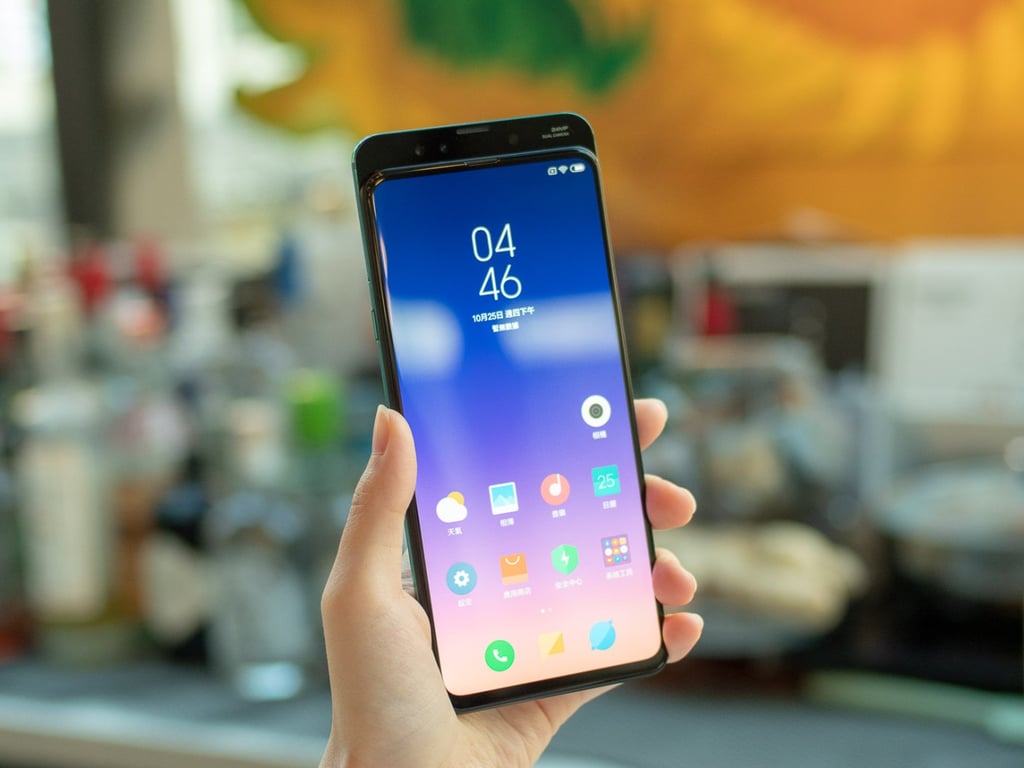Hands-on with the sliding Xiaomi Mi MIX 3
It's a little different to the Nokia Matrix phone, but sliders are back!

Xiaomi launched its latest flagship smartphone Mi MIX 3 at events in Beijing and Hong Kong today. We went to the latter event to get our hands on the company's newest flagship.
How Xiaomi forged a unique path
The standout feature here is the big screen. It’s got a 6.4-inch AMOLED display with slim bezels (although it does have a chin -- a fatter lower bezel). Notably, there’s no notch, and no selfie camera on the front either. You have to slide the screen downwards to reveal dual selfie cameras, along with a front-facing flash. (Unlike Vivo or Oppo’s flagship handsets, it’s not motorized.)
We didn’t spend too much time with the phone, but we played with the sliding display enough times to notice that it’s not very comfortable to use.
I used a Phillips slider during high school, so muscle memory tells me to slide the display up. But the Mi MIX 3 wants you to slide it down to use the selfie camera. It’s a bit counterintuitive, but it also shouldn’t take too long to get use to, and it does slide easily and smoothly.

The bezels are not noticeable when you look at the phone head-on. It’s good to see Xiaomi has finally solved the selfie camera conundrum by housing it in the sliding camera module. But the downside is that the sliding design means it doesn’t offer any water or dust protection, a fairly common feature on other flagships.
Xiaomi also hasn’t done anything new with the fingerprint sensor, which is still on the back of the phone. So there’s no in-screen fingerprint sensor, or secure facial unlock -- it has a face unlock feature, but you’ll need to use the fingerprint sensor for anything more secure.